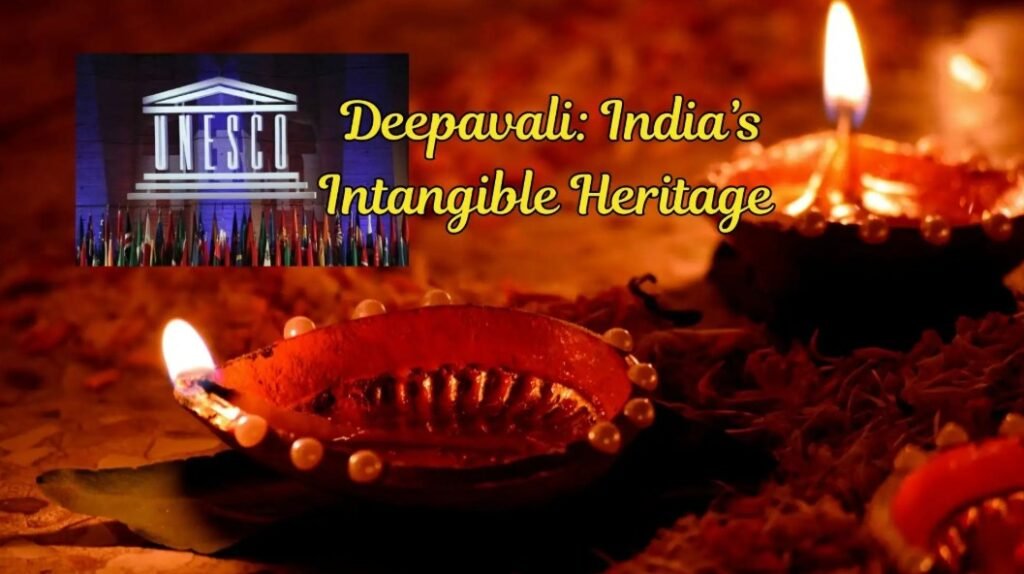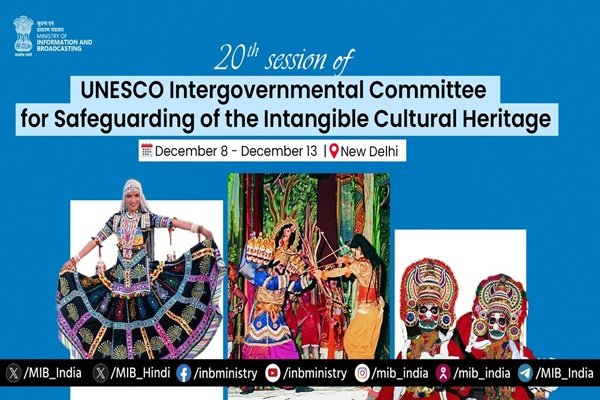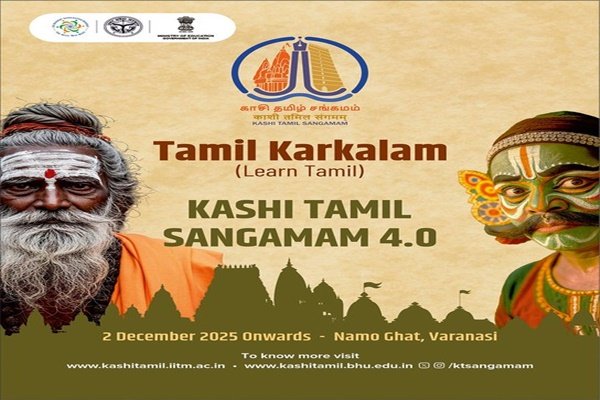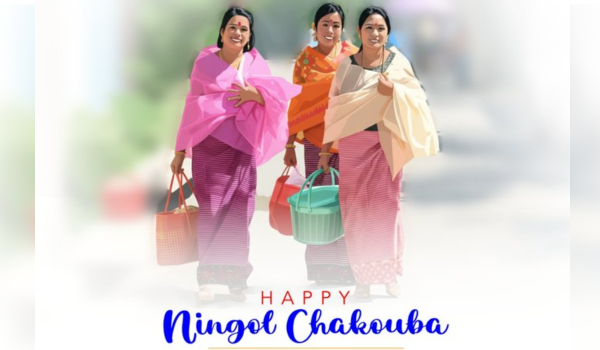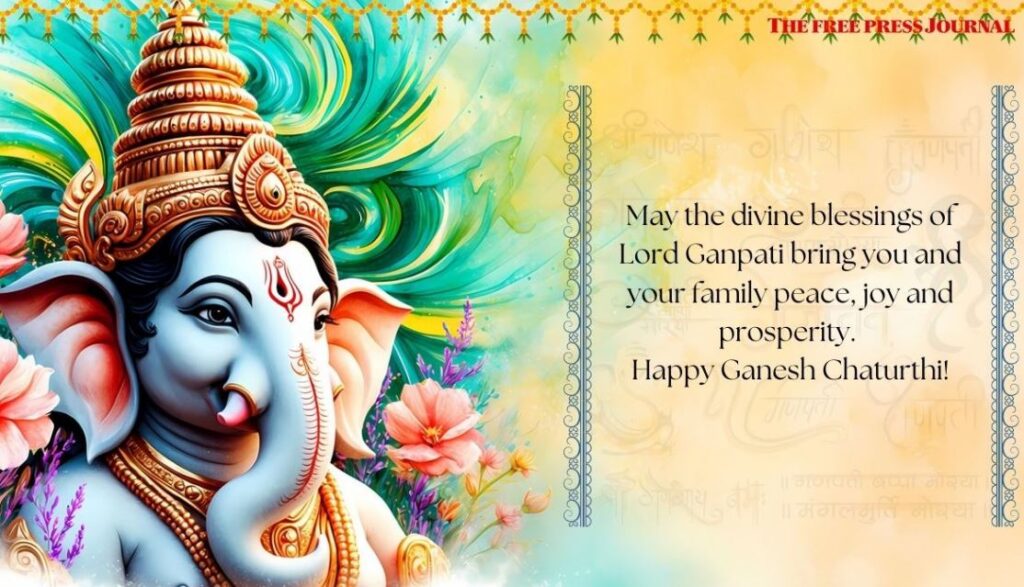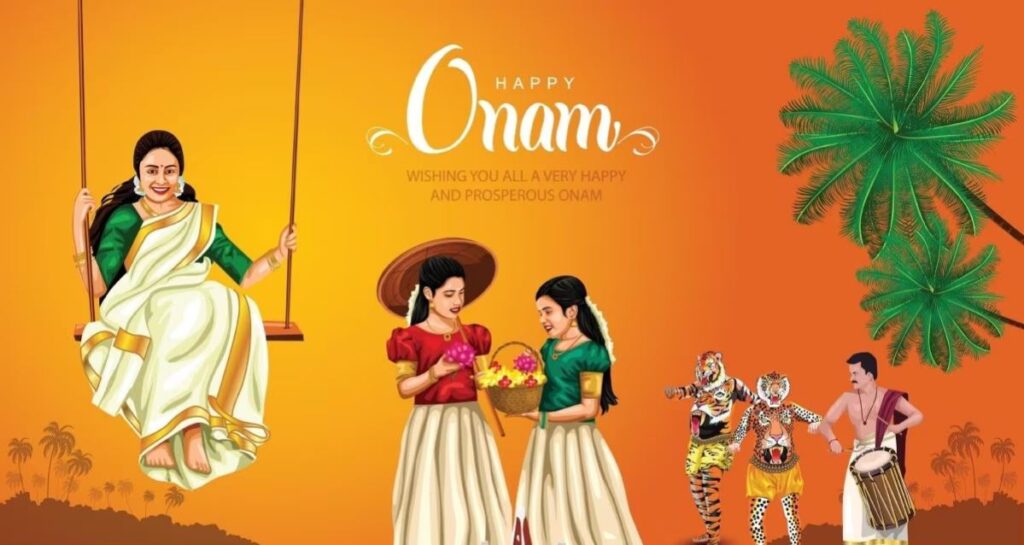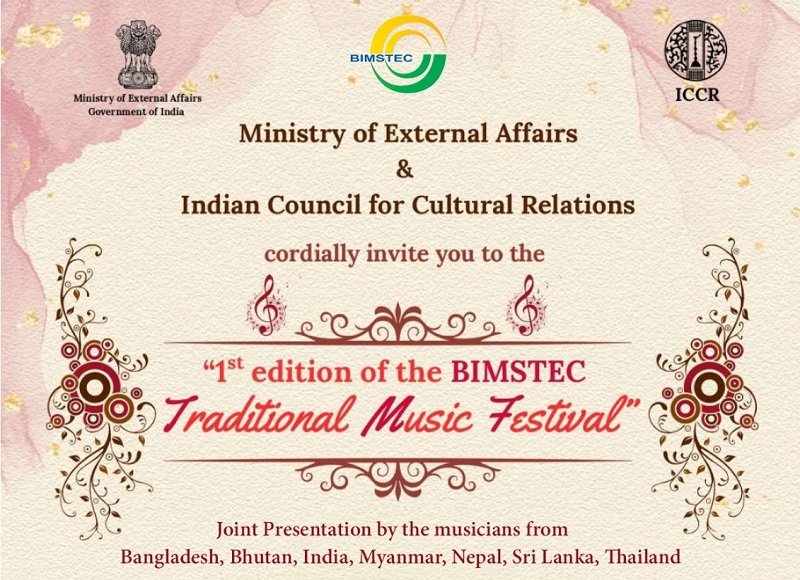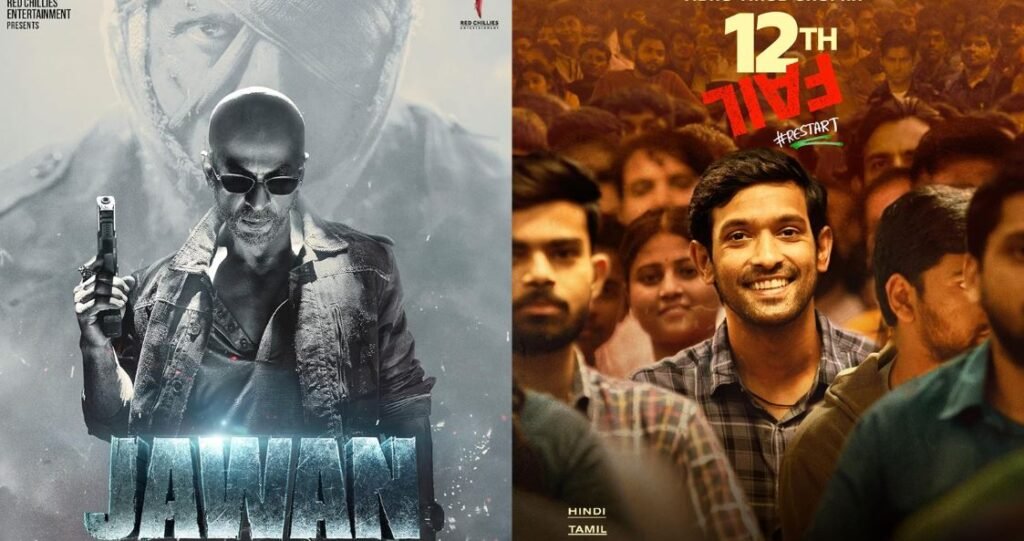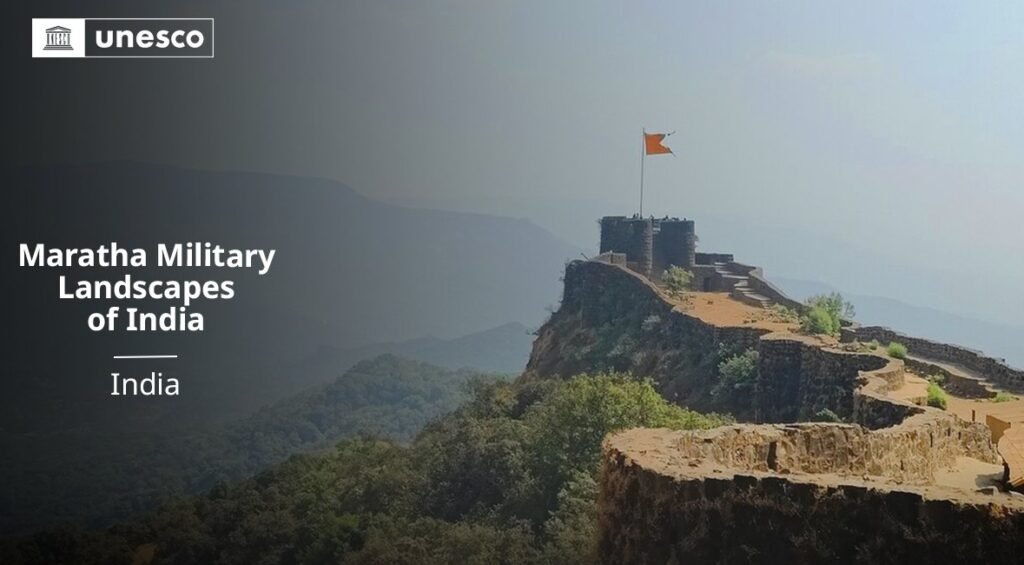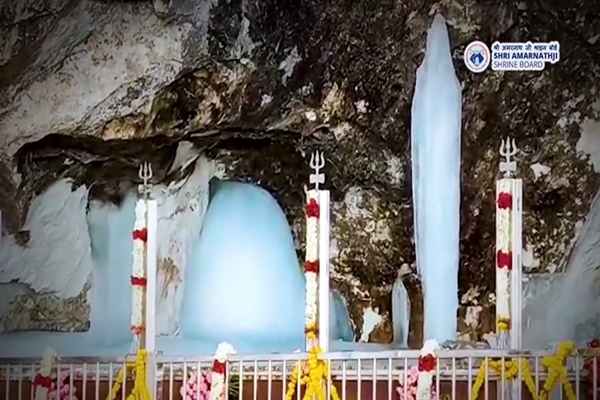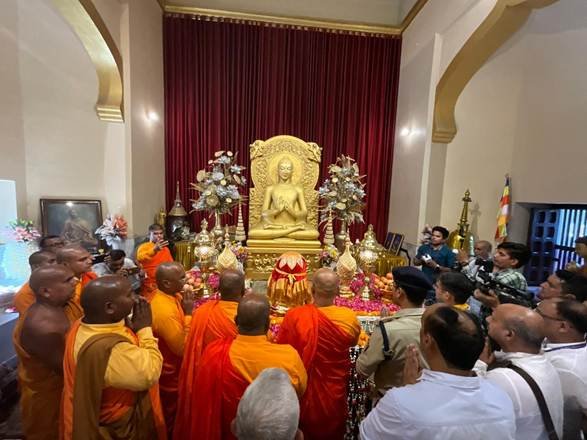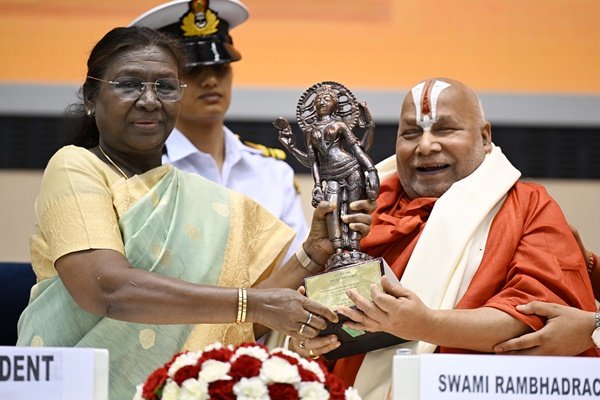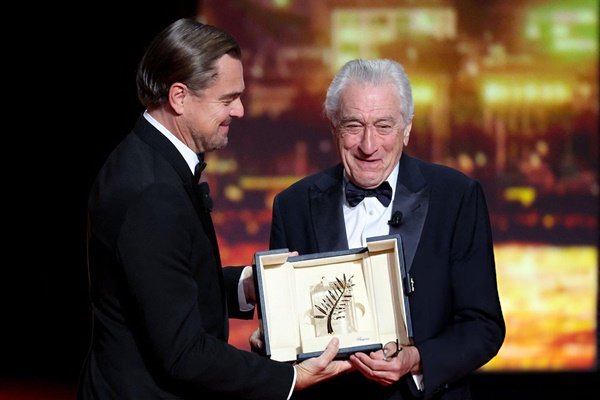Indian Film Homebound Shortlisted for Oscars 2026
The Indian film Homebound, directed by Neeraj Ghaywan, has been shortlisted for the 98th Academy Awards (Oscars 2026) in the Best International Feature Film category.
Homebound is among 15 films that have become eligible for final nominations in this category, which highlights outstanding cinema from around the world. Being shortlisted marks a significant achievement for Indian cinema on the global stage.
The final nominations in the shortlisted categories will be announced on 22 January 2026, while the 98th Academy Awards ceremony is scheduled to take place on 15 March 2026.

